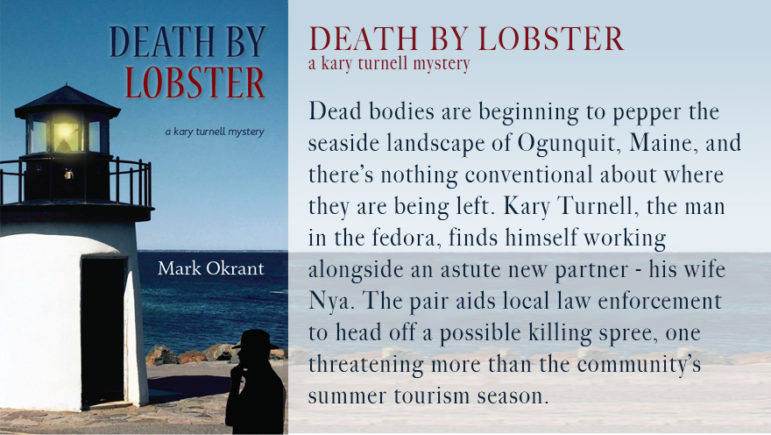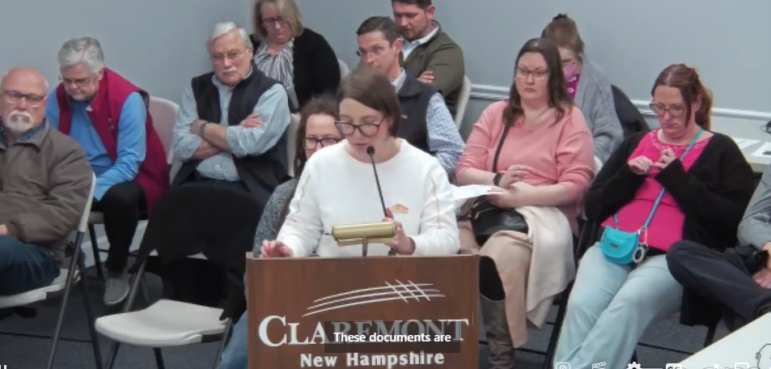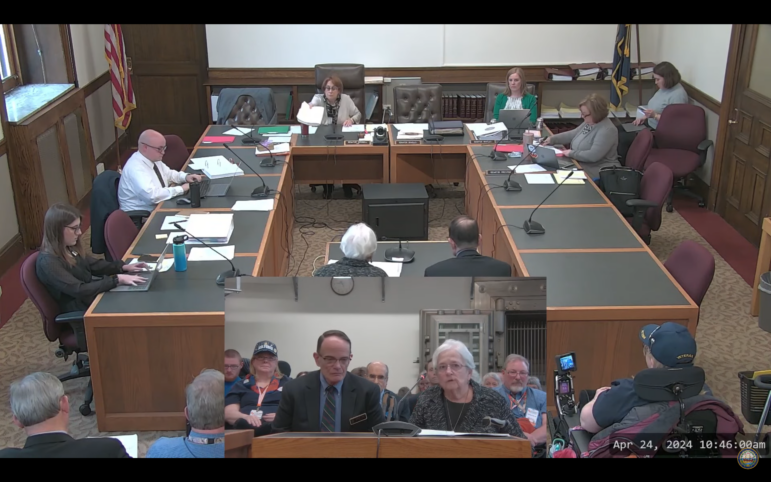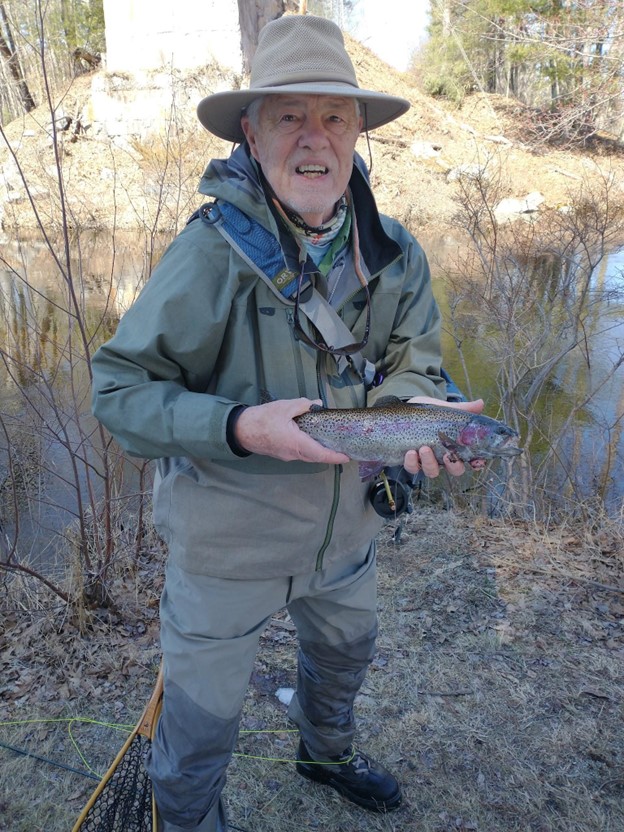By Mark Okrant,
NH Travel Guru
The last several NH Travel Guru columns have examined troubling contemporary travel-related issues. This week, we will lighten the mood by waxing nostalgic about vacation travel during the 1950s and early 1960s.
Many of you reading this column had similar experiences back in the days before the Federal-Aid Highway Act of 1956, otherwise known as the Interstate and Defense Highway Act. That 1956 legislation established the US interstate highways. It took a popular former war hero like President Dwight D. Eisenhower to garner support for the coast-to-coast system. This was accomplished by convincing Congress and the American public that the new federal road system would serve a vital national defense role in the event of an attack by a foreign power.
If you are under the ago of 50, you may have no direct experience with vacation travel before construction of the interstates. Vacation and business travel back then was a very different undertaking. Previously, most automobile-borne vacationers traveled along what William Least Heat Moon termed the “blue highways”. In those times, the U.S. Highway system—roads such as the Boston Post Road and Route 66—served as avenues for interurban exploration.

Mark Okrant, the NH Travel Guru
Vacationing families would pack their belongings into suitcases, then pile them into station wagons or large car trunks, or tie them atop auto rooftops. With the aid of cost-free AAA or gasoline station-sponsored road maps, preliminary routes were plotted. There was no such thing as avoiding small towns or large cities. The principle roads were replete with road construction, traffic, stoplights, and aggressive cops—all hurdles to be conquered.
Absent were the Holiday Inns and other franchised lodgings. However, there was no need to leave the road to find mom-and-pop owned and operated places to eat, sleep, purchase gasoline, or discover attractions. Most of these services were situated right along the road.
A typical day consisted of awakening early, stowing the suitcases into or onto the car, then heading out from a motor court or motel in search of a breakfast spot. The period prior to the interstate system also predated most franchise eateries; therefore, the process of finding a place for breakfast, lunch, or dinner frequently proved to be a voyage into the unknown. Absent were golden arches, pancake chains, and red-roofed pizza palaces. The times demanded that travelers trust strangers to deliver meals that were somewhat familiar and, of course, edible and safe.
One of my earliest memories of such travel provided an education in the extremes of socio-cultural values that were in place in this nation during the mid-twentieth century. We’d just started our day and had begun the search for a place to eat. Before long, my father spotted a small restaurant along the side of the road, near the Virginia-Maryland border. We pulled into the parking lot and started to enter an open doorway situated on the right front corner of the building. Our progress was interrupted by an attractive, bronze-skinned woman, who very nicely informed us that we needed to enter through the left-hand door to order our breakfast. It was my introduction to segregation—an experience I will carry with me forever.
For those of us fortunate enough to have had similar experiences, there were numerous adventures associated with eating, sleeping, and finding entertainment along vacation routes. In future columns, I will occasionally share these with you. Hopefully, for those of you who are old enough to remember, these will rekindle many of your own memories. For the 50-and-under set, these should serve to demonstrate how much easier you youngsters have things today.
After forty years as an educator, researcher, and consultant, Mark Okrant joined IndepthNH.org to offer concise, informative insight into New Hampshire’s travel and tourism industry as a business, while showcasing the people and places you want to know. This guy’s really been around. And, he’s funny, too.
For more about Mark’s compelling tourism-based murder mystery series, visit www.markokrant.com.

Mark Okrant’s latest mystery.
For information on current things to do in New Hampshire, go to:
http://www.visitnh.gov/what-to-do/event-calendar.aspx





